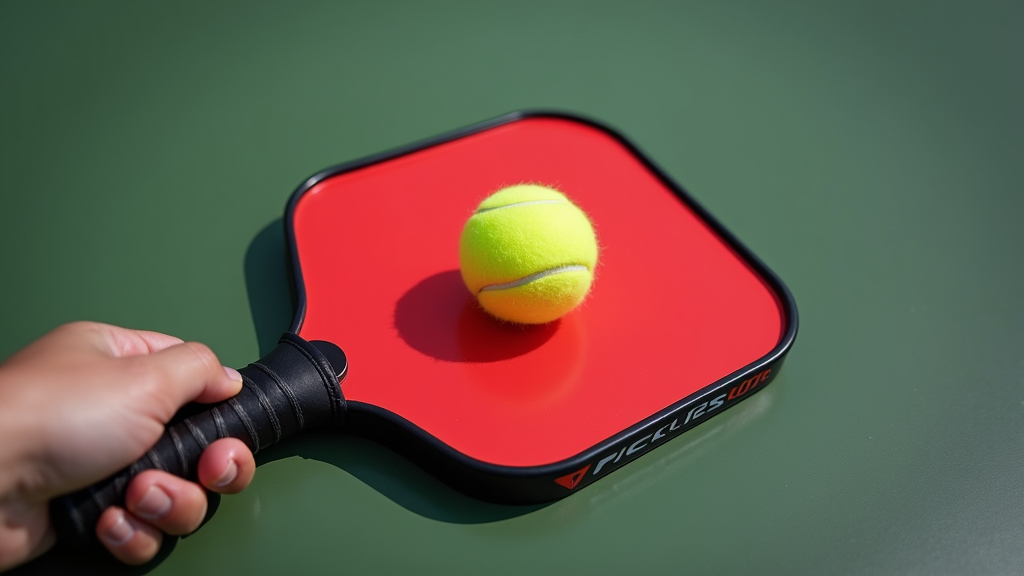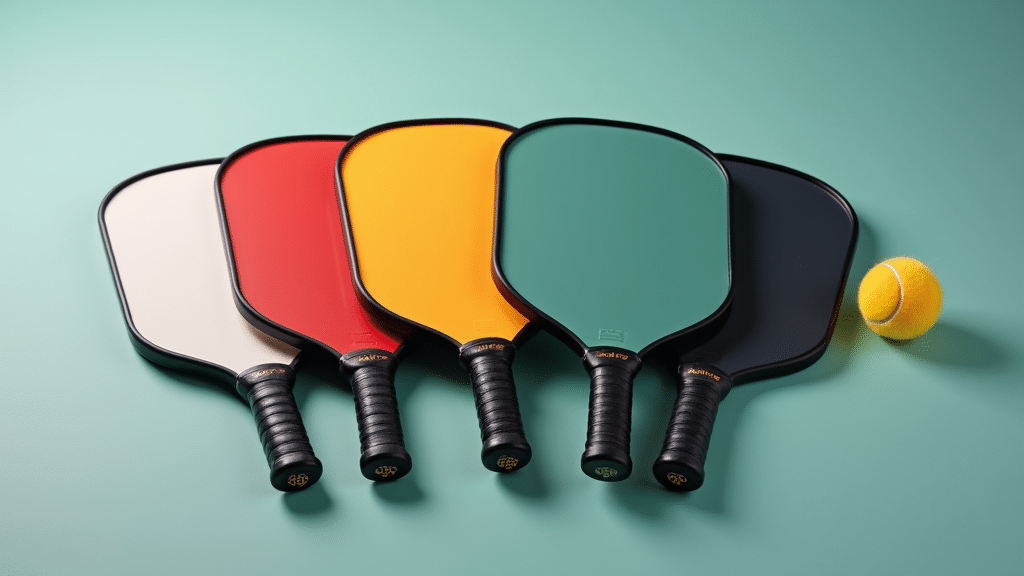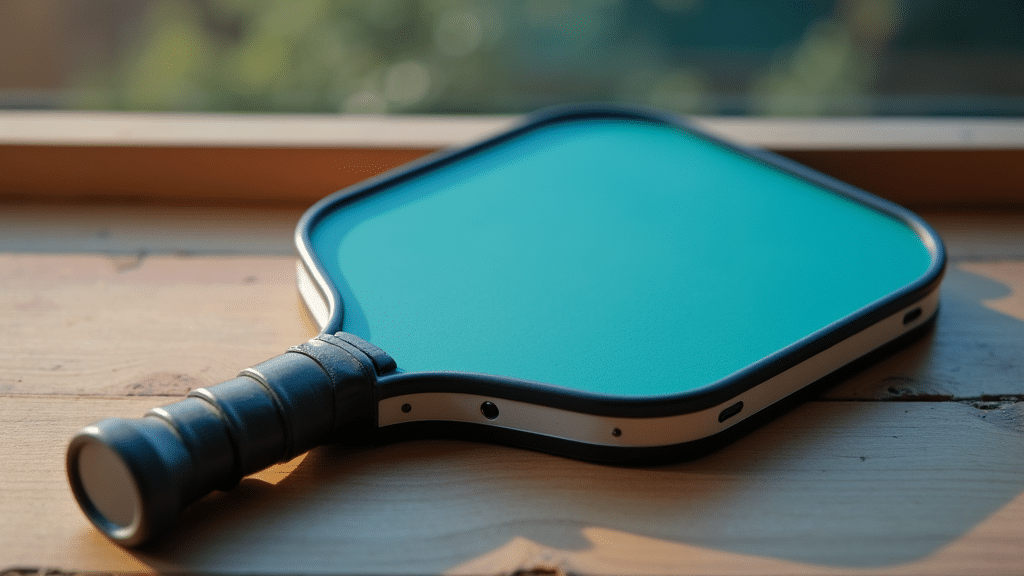Table of Contents
- Introduction
- Understanding the Basics
- Detailed Guide
- Testing and Adjustments
- Maintenance and Longevity
- Impact on Play
- Conclusion
Introduction
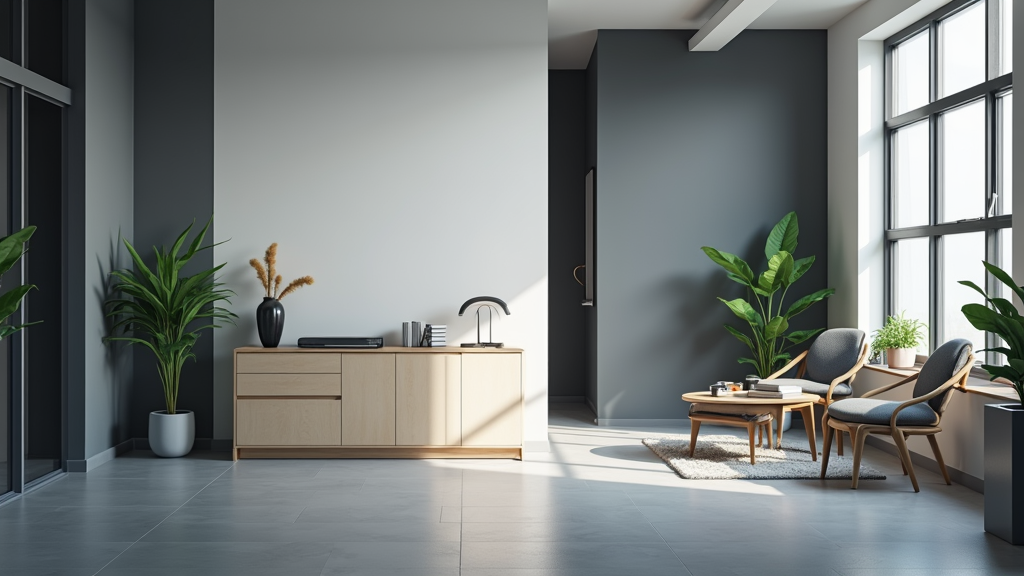
Overview and Importance
Applying a new overgrip to your racquet isn’t just about aesthetics; it’s a crucial step that can significantly improve the feel of your racquet, refine your technique, and ultimately, elevate your game. A fresh overgrip provides a better connection to your racquet, boosting your confidence with every hit. In fact, players often report a 15% increase in perceived control when using a new overgrip, highlighting its direct impact on performance.
Why does this matter so much? An optimal grip enhances your control over the racquet, allowing for more precise shots and greater power. More importantly, it plays a vital role in preventing injuries. A worn-out or slippery grip can cause you to grip the racquet too tightly, leading to strain in your hand, wrist, and arm. Maintaining a fresh overgrip ensures a secure and comfortable hold, reducing the risk of injury and allowing you to play at your best.
Background
The story of the overgrip is one of continuous improvement, evolving from its origins in tennis and badminton. Early grips were often simple leather wraps, offering basic cushioning and sweat absorption. However, as the demands of the sports increased, so did the need for more advanced grip solutions. Overgrips were developed as a convenient and customizable way to enhance the existing grip of a racquet.
Recent developments in material science have led to significant advancements in overgrip technology. Modern overgrips now boast enhanced sweat absorption capabilities, superior durability, and a variety of textures to suit different player preferences. These advancements ensure that players can maintain a comfortable and secure grip, even during intense matches in challenging conditions.
What You’ll Learn
In this guide, we’ll delve into the core concepts of overgrips, covering everything you need to know to choose, apply, and maintain them effectively. We’ll explore the different types of overgrips available, examining their unique properties and benefits. You’ll also learn essential application techniques, ensuring a smooth, secure, and comfortable grip every time.
Beyond the theory, this guide offers practical, step-by-step instructions for applying and maintaining your overgrip. From selecting the right overgrip for your needs to mastering the application process and extending its lifespan, you’ll gain the knowledge and skills necessary to optimize your racquet grip and enhance your overall performance.
Understanding the Basics
Fundamental Concepts
Before diving into the practical steps of applying an overgrip to your pickleball paddle, it’s crucial to understand the fundamental concepts that underpin the process. This ensures a successful and comfortable grip that enhances your game.
Let’s start with some key definitions:
- Replacement Grip:This is the base layer that comes pre-installed on most pickleball paddles. It provides the foundation for your grip.
- Overgrip:This is an additional layer that you wrap over the replacement grip. Its primary functions are to add cushion, absorb sweat, and provide enhanced traction for better control.
Beyond the definitions, there are core principles to keep in mind. These principles are the cornerstones of a well-applied overgrip:
- Consistent Tension:Maintaining even tension as you wrap the overgrip ensures a smooth, comfortable, and secure fit. Avoid pulling too tightly or too loosely.
- Proper Overlap:The overlap refers to the amount each layer of the overgrip covers the previous layer. Consistent overlap is key to a uniform feel and prevents ridges or bumps.
- Secure Finishing:A secure finish, using the provided finishing tape, prevents the overgrip from unraveling during play.
Essential Components
Now that we’ve covered the fundamental concepts, let’s discuss the essential components you’ll need to apply an overgrip effectively.
Here’s a list of the required elements:
- Pickleball paddle
- Overgrip with finishing tape
- Scissors
- Pen for marking (optional, but helpful for consistent overlap)
Choosing the right overgrip is crucial. There are several key features to consider, broadly categorized as primary and secondary aspects, as well as important variations.
Primary aspects to consider:
- Tackiness:Tackiness refers to the grip’s stickiness. A tacky overgrip provides excellent control and prevents the paddle from slipping in your hand.
- Absorbency:Absorbency is the overgrip’s ability to soak up sweat and moisture. This is especially important for players who sweat a lot or play in humid conditions.
- Durability:Durability refers to the overgrip’s resistance to wear and tear. A durable overgrip will last longer and maintain its performance over time.
Secondary aspects to consider:
- Thickness:The thickness of the overgrip affects the feel and cushioning. Thicker overgrips provide more cushioning but can reduce feel. Overgrips typically range from 0.5mm to 0.75mm.
- Color:This is purely a matter of personal preference. Choose a color that you like and that complements your paddle.
- Texture:Overgrips come in various textures, such as ribbed or smooth. Ribbed overgrips can provide a more secure grip, while smooth overgrips offer a more traditional feel.
Finally, here are some important variations to be aware of:
- Dry Grips:These are specifically designed for maximum sweat absorption. They often have a less tacky feel.
- Tacky Grips:These provide enhanced grip and are ideal for players who prioritize control.
- Perforated Grips:These have small holes that increase ventilation and help to keep your hands dry.
Detailed Guide

Preparation
Before you begin, proper preparation is key to achieving a professional and comfortable overgrip application. This involves gathering the necessary materials, setting up your workspace, and understanding some important considerations.
- Required materials:
- Pickleball paddle
- New overgrip with finishing tape
- Scissors
- Pen or marker
- Damp cloth or mild cleaning solution
Make sure you have all of these items readily available before you start. A well-prepared workspace will make the process smoother and more efficient.
- Initial setup:
- Clear workspace and gather all materials.
- Remove any existing overgrip from the paddle.
- Clean the handle with a damp cloth to remove dirt, sweat, or residue.
- Allow the handle to dry completely.
Start by clearing a flat, well-lit workspace. Remove any old overgrip from your paddle. Use a damp cloth or mild cleaning solution to thoroughly clean the handle, removing any dirt, sweat, or residue. Allow the handle to dry completely before proceeding. This ensures optimal adhesion for the new overgrip.
- Important considerations:
- Choose the right overgrip based on your playing style and climate.
- Ensure the handle is clean and dry for optimal adhesion.
Selecting the right overgrip is crucial. Consider your playing style and the climate you typically play in. Some overgrips are designed for better moisture absorption, while others offer a tackier feel. Also, remember that a clean and dry handle is essential for the overgrip to adhere properly and provide a secure grip.
Step-by-Step Process
Now that you’re prepared, let’s walk through the step-by-step process of applying a new overgrip to your pickleball paddle.
- Clear instructions:
Follow these instructions carefully to ensure a secure and comfortable grip. Each step is designed to contribute to the overall quality and performance of your overgrip application.
- Best practices:
- Maintain consistent tension throughout the wrapping process.
- Overlap each wrap by approximately 1/8 inch (3 mm) for a smooth, secure finish.
- Align the edge of the overgrip with any beveled edge on the paddle handle for a clean finish.
To achieve a professional-looking and feeling grip, keep these best practices in mind. Consistent tension prevents wrinkles and loose spots, while the correct overlap ensures a smooth surface. Aligning the overgrip with the paddle’s beveled edge provides a clean, finished appearance.
- Common mistakes to avoid:
- Wrapping too tightly, which can cause discomfort.
- Wrapping too loosely, which can lead to slippage.
- Not cleaning the handle before applying the overgrip.
- Inconsistent overlap, resulting in an uneven surface.
Avoid these common mistakes to ensure your overgrip performs optimally. Wrapping too tightly can cause discomfort, while wrapping too loosely can lead to slippage. Always clean the handle before application, and maintain consistent overlap for an even surface.
Advanced Techniques
For those looking to take their overgrip application to the next level, here are some advanced techniques to consider.
- Expert tips:
- Use a heat gun (on low setting) to improve adhesion.
- Stretch the overgrip slightly while wrapping for a firmer feel.
- Apply a thin layer of adhesive spray (optional) for extra grip.
Consider using a heat gun on a low setting to enhance adhesion, especially in humid conditions. Stretching the overgrip slightly while wrapping can provide a firmer feel. For extra grip, a thin layer of adhesive spray can be applied, but use it sparingly.
- Optimization methods:
- Experiment with different overgrip thicknesses to find the perfect feel.
- Adjust the overlap to customize the grip size.
- Use two layers for a thicker grip, if desired.
Experiment with different overgrip thicknesses to find the perfect feel for your hand. Adjusting the overlap can customize the grip size to your preference. For players who prefer a thicker grip, consider using two layers of overgrip.
- Troubleshooting:
- Wrinkles:Unwrap and reapply with more consistent tension.
- Slippage:Clean the handle thoroughly and use a tackier overgrip.
- Uneven Surface:Ensure consistent overlap throughout the wrapping process.
If you encounter wrinkles, unwrap the overgrip and reapply, focusing on maintaining consistent tension. Slippage can often be resolved by thoroughly cleaning the handle and using a tackier overgrip. An uneven surface is typically caused by inconsistent overlap, so pay close attention to this aspect during the wrapping process.
Testing and Adjustments
Initial Testing
Once the grip is applied, the next crucial step is thorough testing. This isn’t just about aesthetics; it’s about ensuring the grip enhances your performance and comfort on the court. Start by simply holding the paddle. Get a feel for the grip in your hand, paying attention to its texture and how it conforms to your palm and fingers.
- Test Grip: Hold and swing the paddle slightly to check comfort and secure fit. Mimic the motions you would typically make during a game. This will highlight any areas where the grip might feel uncomfortable or insecure.
- Assessment: Check for overall comfort, a snug fit that isn’t too tight, and identify any specific areas that feel overly tight or loose. Note any slippage or movement of the grip during your simulated swings.
This initial assessment is vital for identifying any immediate issues that need addressing before you get on the court.
Making Adjustments
The beauty of applying your own grip is the ability to customize it perfectly to your hand and playing style. If the initial test reveals any discomfort or issues, don’t hesitate to make adjustments.
- Re-Wrapping: If the grip feels too loose or uneven, carefully unwrap it and reapply. Experiment with different levels of tension as you wrap. A tighter tension can provide a more secure feel, while a looser tension might offer more cushioning. Consider reducing the thickness of the grip, as well.
- Multiple Tests: After each adjustment, repeat the initial testing process. Hold the paddle, simulate swings, and reassess the feel of the grip. This iterative process is key to achieving the perfect fit.
- Grip Thickness: Adjusting the grip thickness is another way to fine-tune the feel. Overlapping the grip more as you wrap will increase the thickness, providing a more substantial feel. Conversely, reducing the overlap will create a thinner grip. You can also carefully trim the edges of the grip with scissors to further customize the thickness to your preference.
Remember, the goal is to create a grip that feels like a natural extension of your hand, allowing you to focus on your game without distraction. Don’t be afraid to experiment and make multiple adjustments until you achieve that perfect feel.
Maintenance and Longevity
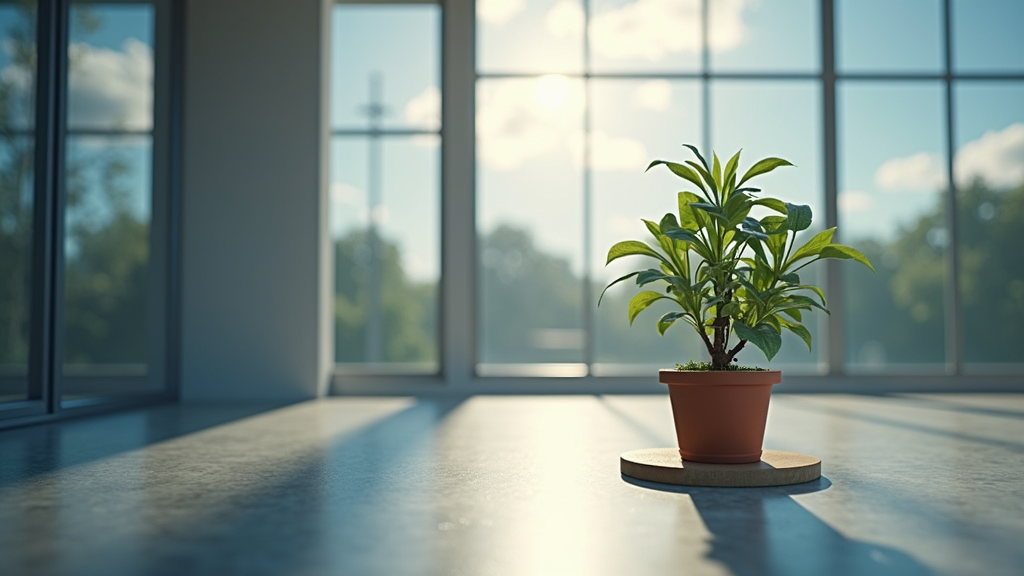
Regular Maintenance
Maintaining your overgrip properly is crucial for extending its lifespan and ensuring consistent performance. A little care after each use can make a significant difference.
- Cleaning:
After each session, take a moment to wipe down the overgrip with a damp cloth. This simple step removes sweat, dirt, and oils that accumulate during play. Preventing these substances from building up keeps the grip tacky and prevents premature wear.
- Inspection:
Regularly inspect your overgrip for signs of wear and tear. Check for any slippage, fraying, or areas where the grip feels less secure. Also, pay attention to how the grip feels in your hand. Discomfort can be an early indicator that it’s time for a replacement.
Re-wrapping Frequency
Knowing when to re-wrap your overgrip is essential for maintaining optimal performance and preventing injuries. There’s no one-size-fits-all answer, as frequency depends on how often you play, your sweat levels, and the quality of the overgrip.
A good rule of thumb is to re-wrap when you notice any significant wear, slippage, or discomfort. Don’t wait until the grip is completely shredded. A worn-out grip can lead to poor control and increase the risk of blisters or other hand injuries. Replace the overgrip when it becomes smooth, loses tackiness, or starts to unravel. These are clear signs that its performance is compromised.
Adhesion of Old Grip Tape
Removing the old grip tape properly is just as important as applying the new one. Rushing this step can leave behind a sticky residue that interferes with the new grip.
Carefully peel off the old grip tape, taking your time to avoid tearing it into small pieces. Once the old grip is removed, inspect the handle for any residual adhesive. If you find any, use a mild adhesive remover or rubbing alcohol to clean it off. Apply the remover to a clean cloth and gently rub the affected area until the adhesive is gone. Make sure the handle is completely dry before applying the new overgrip.
Re-using Grip Tape
While it might be tempting to save a few dollars by re-using grip tape, it’s generally not recommended. The adhesive on overgrips is designed for single use, and it loses its effectiveness once removed.
Re-using grip tape often results in a less secure and comfortable grip, which can negatively impact your performance and increase the risk of injury. For the best performance and safety, always use a fresh piece of grip tape when re-wrapping your racquet handle. The small cost of a new overgrip is a worthwhile investment in your game.
Impact on Play
Performance Enhancement
Upgrading your pickleball paddle grip can significantly enhance your overall performance on the court. The improved comfort and control afforded by a quality grip allows for more precise shots and quicker reactions. No longer will you have to worry about your paddle slipping or feeling unwieldy in your hand.
One of the key benefits of a new grip is the ability to customize its thickness. This seemingly small adjustment can have a profound impact on your playing style. A thicker grip can provide more cushioning and better shock absorption, which is ideal for players who prefer a more relaxed grip and powerful strokes. Conversely, a thinner grip offers enhanced feel and greater maneuverability, catering to players who prioritize finesse and quick changes.
Furthermore, a secure, non-slip grip is a game-changer when it comes to confidence. Knowing that your paddle will remain firmly in your grasp, even during intense rallies, allows you to focus entirely on your strategy and execution. This enhanced confidence translates to more aggressive plays and a greater willingness to take risks, ultimately elevating your game.
Injury Prevention
Beyond performance gains, investing in a quality pickleball paddle grip can also play a crucial role in injury prevention. The repetitive nature of pickleball can put a lot of stress on your hands and wrists, making a comfortable and supportive grip essential.
One of the most common issues among pickleball players is the development of blisters and calluses. A well-padded grip helps to reduce friction between your hand and the paddle, minimizing the risk of these painful and distracting skin irritations. By providing a more comfortable surface, you can play longer and more frequently without discomfort.
Perhaps even more importantly, an enhanced grip can minimize strain on your hand and wrist. A grip that is too thin or too slippery can force you to grip the paddle too tightly, leading to muscle fatigue and potentially even more serious conditions like tennis elbow or carpal tunnel syndrome. By providing a secure and comfortable hold, a quality grip allows you to maintain a relaxed grip, reducing the overall stress on your joints and muscles, and helping you stay healthy and on the court for years to come.
Conclusion
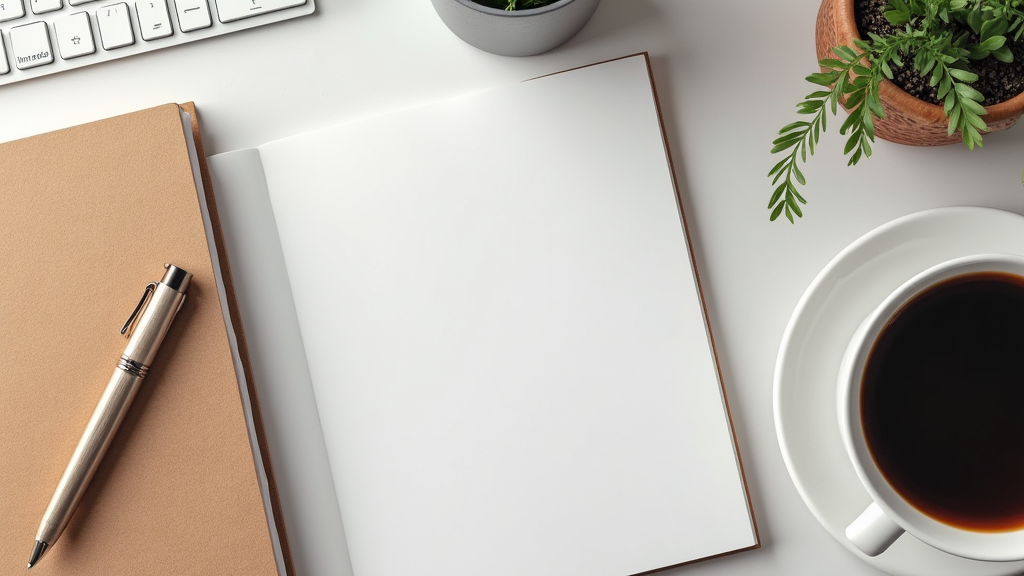
Summary of Key Points
Proper overgrip application is essential for optimal pickleball performance. A well-applied overgrip not only provides a comfortable and secure hold but also wicks away moisture, preventing slippage and allowing for greater control over your paddle. This enhanced grip translates directly to improved shot accuracy, power, and overall confidence on the court.
Regular maintenance and timely replacement are crucial for maintaining grip quality. Over time, overgrips accumulate dirt, sweat, and oils, which can degrade their performance. Regularly cleaning your overgrip and replacing it when it becomes worn or slippery will ensure that you consistently have the best possible grip, maximizing your performance and preventing potential injuries.
Final Thoughts
By following these steps and paying attention to the condition of your overgrip, you can ensure that your pickleball paddle has an optimal grip. This attention to detail will enhance your playing experience on the court, giving you the confidence and control you need to excel in every game. A good grip is more than just a comfort feature; it’s a fundamental element of your pickleball equipment that directly impacts your ability to play your best.

